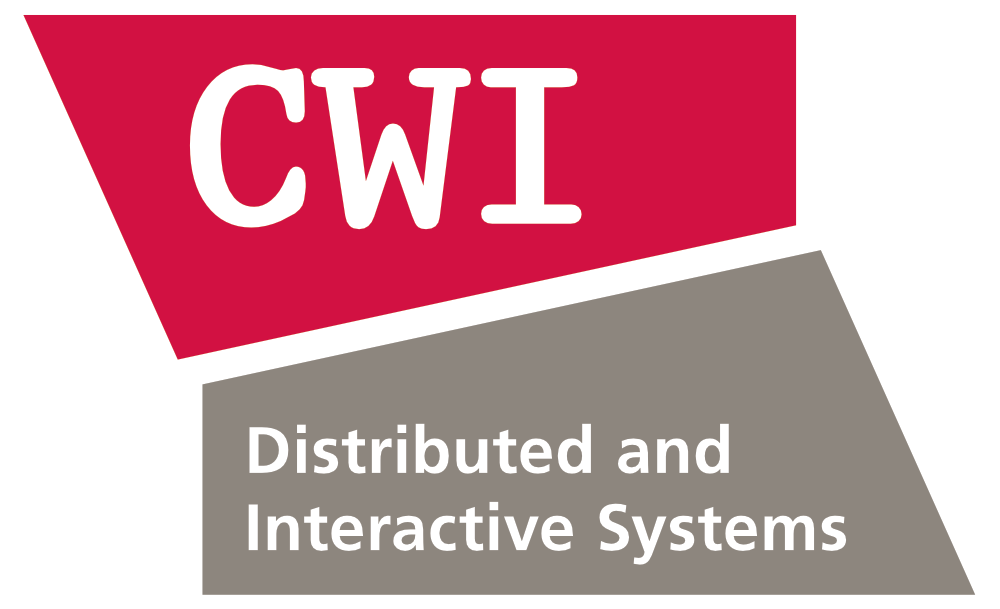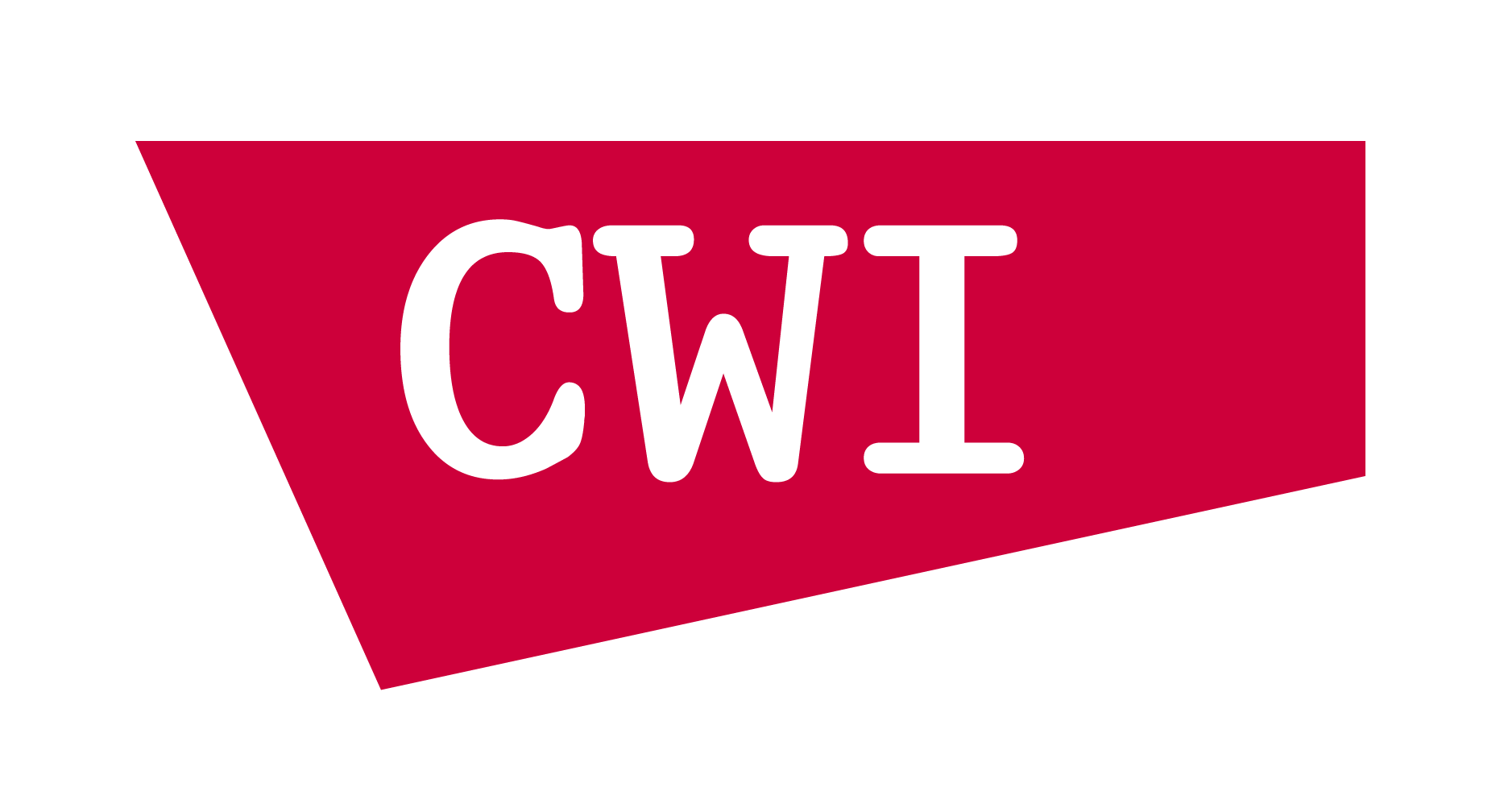Outline
In this webpage we assemble point cloud objective quality metrics that have been developed in the DIS group of CWI:
- Hist_Y: A Full-Reference metric based on luminance histograms.
- PCM_RR: A Reduced-Reference metric based on global features from location, color and normals.
- PointPCA: A Full-Reference metric based on statistical moments of geometric descriptors after Principal Component Analysis and luminance intensities.
- ViSam-PCQA: A Deep Learning-Based No-Reference Metric Guided by Saliency Information Across Three Modalities in the Projected Domai
- M3-Unity
More information specific to every provided metric can be found by accessing the corresponding tab on the main menu bar.
Background
Point clouds emerged as a popular representation of photo-realistic 3D content for immersive experiences in eXtended Reality (XR). Current 3D tele-immersive systems make use of point clouds, as they denote a suitable data format for real time applications. However, point clouds demand a vast amount of data for faithful reproduction of the acquired model/scene. Hence, in practice, lossy compression is applied to reduce their data size in manageable ranges. Moreover, point clouds undego distortions from acquisition, processing, transmission, or rendering. Thus, there is need for mechanisms to quantify the amount of distortions introduced and predict the visual quality as perceived by human end-users.
Objective quality metrics are algorithmic implementations for error quantification of a distorted content. However, simply estimating the amount of error is typically not sufficient for accurate estimation of the perceived quality. Thus, solutions that take under consideration the human visual system are more effective. In most cases, such algorithms rely on perceptually-relevant features that are extracted from a content and describe the amount of induced distortions. Depending on the requirement for the presence of the original content at execution time, objective quality metrics can be categorized as:
- Full-Reference: both the distorted and the original content are required
- Reduced-Reference: the distorted content and some reference data are required
- No-Reference: the distorted content and no reference data are required
Finally, objective quality metrics for point cloud contents can be distinguished based on their operating principle as:
- Model-based: operate on the point cloud domain
- Image-based: operate on the image domain, in the sense of a 2D grid of pixels after projecting the 3D model - also known as projection-based
- Hybrid methods: make use of both model-based and image-based techniques
References
-
A color-based objective quality metric for point cloud contents.
In 2020 Twelfth International Conference on Quality of Multimedia Experience (QoMEX),
2020.
-
A Reduced Reference Metric for Visual Quality Evaluation of Point Cloud Contents.
IEEE Signal Processing Letters, vol. 27, pp. 1660-1664,
27: pp. 1660-1664,
2020
.
-
PointPCA: Point Cloud Objective Quality Assessment Using PCA-Based Descriptors.
In arXiv preprint arXiv:2111.12663,
2021.

